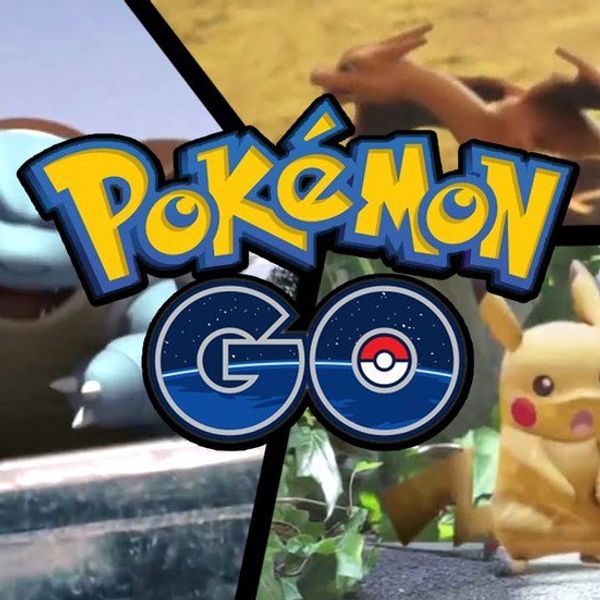Kids, teenagers and young adults alike are flocking to the game Pokémon Go. For many kids, it’s a way to steal their moms’ cell phones and escape the house for a while. For many teens, it’s a way to go on adventures with friends. And for many young adults, it’s a way to relive their childhoods.
Pokémon just celebrated its twentieth anniversary, and since it was created in 1995, it’s been around as long as I’ve been alive. The release of Pokémon Go awakened the inner child of many people my age. It caused me to unearth my old Pokémon games and my DS, and caused my brother to hunt through an attic of childhood toys for three binders full of Pokémon cards. Most importantly, it’s caused people to venture together into the outside world.
Since the game’s release, the “Go” of Pokémon Go has been emphasized, and for good reason. When I visited my sister, teenagers wandered all over the sidewalks of her city. I’d never seen so many teens walking around outside. When I came home, I was surprised to see kids biking all over my neighborhood to hunt for Pokémon. They made me realize how rarely I see today’s kids playing outside.
Instead of creating a new world, like my Pokémon Pearl or the 3DS’ Alpha Sapphire, Pokémon Go threads the world of Pokémon with the real world. Go uses a GPS in order to tell you your location in relation to Pokémon. The game uses landmarks in your city, including historical landmarks, to encourage the exploration of the world.
Pokémon attracts all sorts of different kinds of people and draws them together. Now, instead of encouraging people to be glued to a screen, it draws people outside. When a rare Vaporeon appeared in Central Park, people flooded the park to catch it. Teams of players disregard age or background differences and come together for a common cause. Despite the recent terrors in the world, and despite the fear, people are banding together to play a game that makes them happy, and right now, that’s just what the world needs.
























